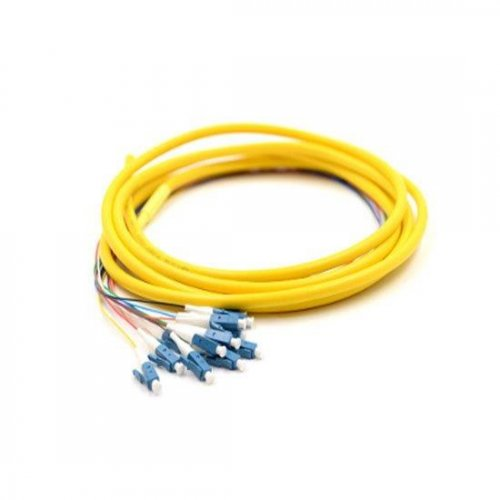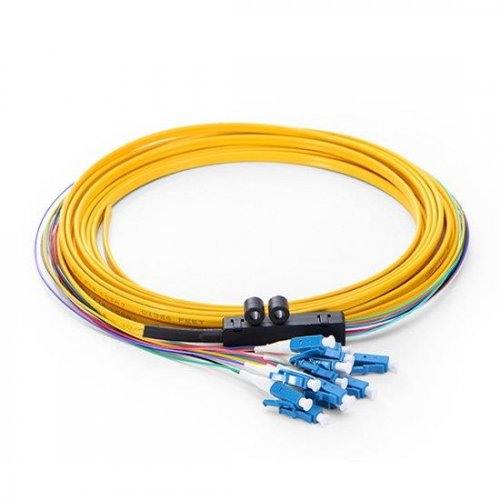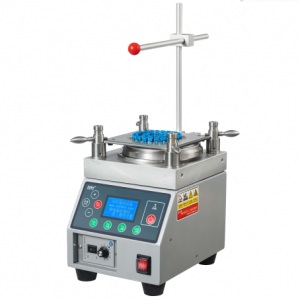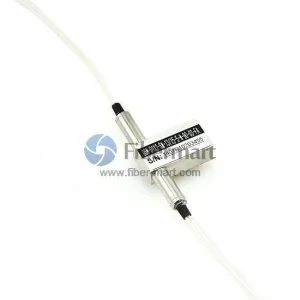A fiber optic pigtail is a fiber optic cable that has one end terminated with a factory-installed connector while leaving the other end unterminated. As a result, the connector side may be connected to equipment, while the other side is melted with optical fiber cables. Pigtail patch cords terminate fiber optic cables via fusion or mechanical splicing. High-quality pigtail cables, along with proper fusion splicing methods, provide the highest performance for fiber optic cable terminations. Fibre optic pigtails, such as the 12 LC Pigtail, are commonly used in fibre optic management equipment such as the ODF, fibre terminal box, and distribution box.

Fiber Optic Pigtail Types
Fiber optic pigtails come in various types: Pigtail connectors are classified into three types: LC fiber optic pigtails like 12 LC Pigtail, SC fiber pigtails, and ST fiber pigtails. There are two types of fiber optic pigtails: single mode and multimode. Regarding fibre count, there are six and twelve fibre optic bunches on the market.
By Fiber Type
Fiber optic pigtails are classified into single-mode (yellow) and multimode (orange) fiber. Multimode fiber optic pigtails are made up of 62.5/125 micron or 50/125-micron bulk multimode fiber cables that are terminated with multimode fiber optic connectors on one end. Pigtails are also available for 10G multimode fiber cables (OM3, OM4). The jacket color of 10G OM3 and OM4 fibre optic bunches is usually turquoise. Single-mode fiber pigtail cables employ 9/125 micron single-mode fiber cable and terminate with single-mode fiber connectors on one end.
By Connector Type
With distinct architectures and appearances, each provides benefits in a variety of applications and systems. The SC fibre pigtail cable connector is a non-optical disconnect connector that has a 2.5mm pre-radiused zirconia or stainless alloy ferrule. SC fiber pigtails are cost-effective for usage in applications such as CATV, LAN, WAN, test, and measurement.
FC Fiber Pigtail: FC fibre pigtails take advantage of the metallic body of FC optical connectors, which are screw-type with high-accuracy ceramic ferrules. FC pigtail patch cables and similar components are widely used in many applications.

ST Fiber Pigtail: The ST pigtail connection is the most common kind for multimode fibre optic LAN applications.
It features a long 2.5mm ferrule composed of ceramic (zirconia), stainless steel, or plastic. As a result, 12 SC pigtails are commonly utilized in telecommunications, industrial, medical, and sensor applications.











